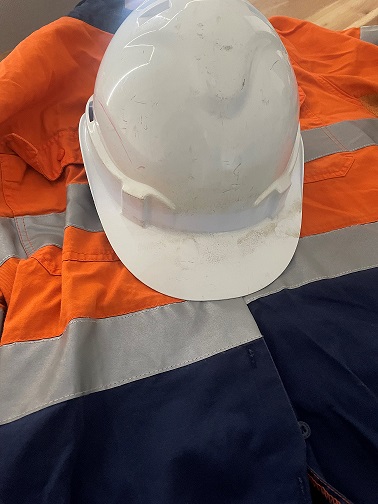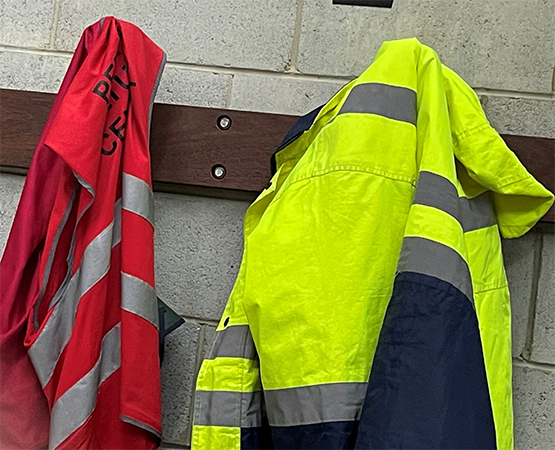 Every workplace usually has specific hazards, and the health and safety team must be able to determine the appropriate checklist for their workplace, processes, and procedures. This ensures that full compliance with the various safety standards is adhered to. When used correctly, safety inspection checklists assure that a given work environment has been effectively examined.
Every workplace usually has specific hazards, and the health and safety team must be able to determine the appropriate checklist for their workplace, processes, and procedures. This ensures that full compliance with the various safety standards is adhered to. When used correctly, safety inspection checklists assure that a given work environment has been effectively examined.

 A safety inspection checklist is a tool health and safety professionals use to perform essential safety activities in a specific workplace. They are usually pre-organized documents used to detect potential hazards that may cause harm and injury to workers and other individuals onsite.
A safety inspection checklist is a tool health and safety professionals use to perform essential safety activities in a specific workplace. They are usually pre-organized documents used to detect potential hazards that may cause harm and injury to workers and other individuals onsite.

 Every workplace should schedule periodic inspections to detect unsafe work practices and conditions. Developing the inspection checklist under your specific needs and requirements is crucial. However, regardless of the format used, it should have the date and inspectors' signatures. Here are the typical items you should include in your safety inspection checklist:
Every workplace should schedule periodic inspections to detect unsafe work practices and conditions. Developing the inspection checklist under your specific needs and requirements is crucial. However, regardless of the format used, it should have the date and inspectors' signatures. Here are the typical items you should include in your safety inspection checklist:
